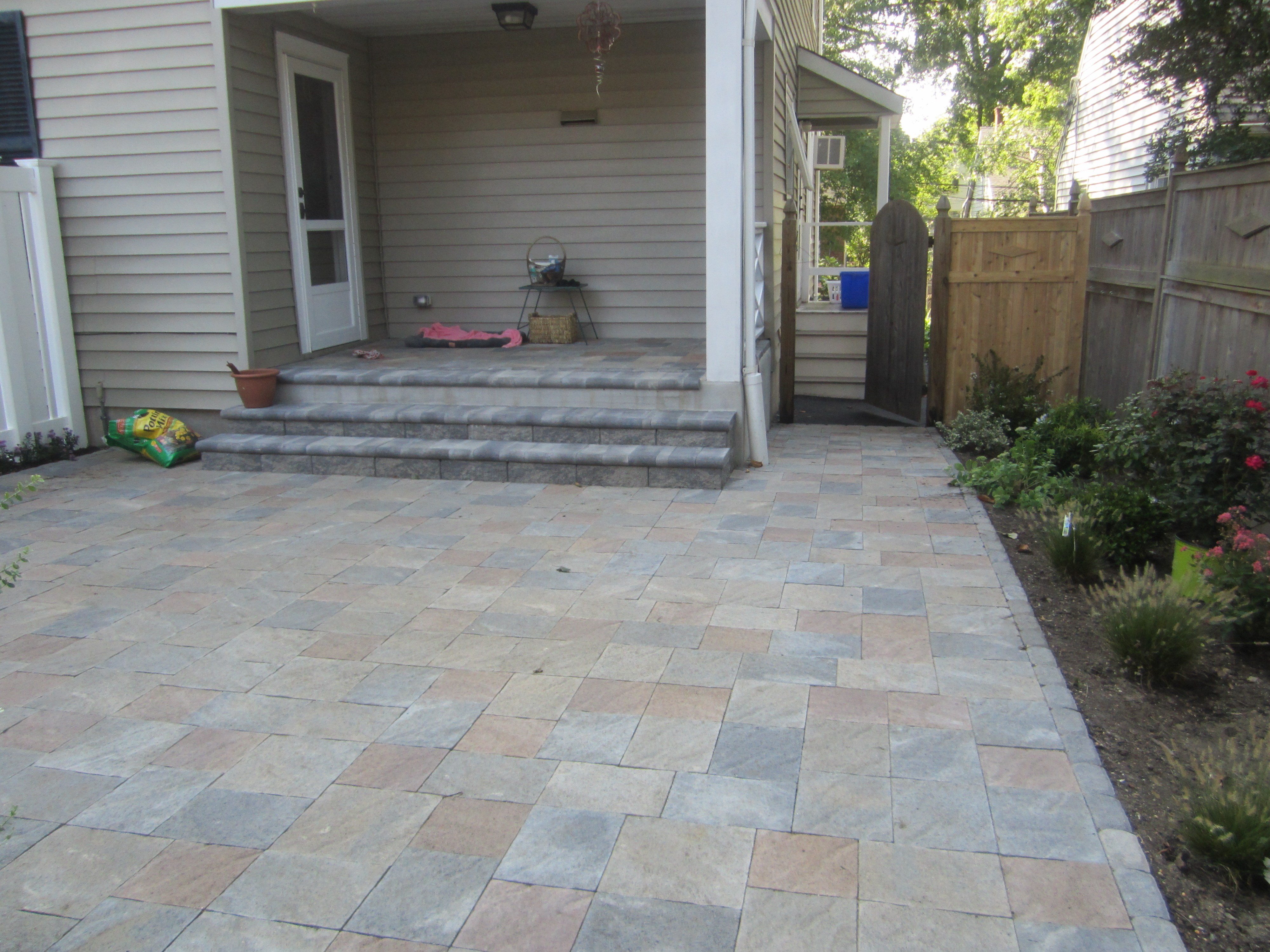
Get matched with top structural engineers in Hinsdale, NH
Enter your zip and get matched with up to 5 pros
Need a pro for your structural engineering project in Hinsdale, NH?
Verified Reviews for Structural Engineering pros in Hinsdale, NH
*The Angi rating for Structural Engineering companies in Hinsdale, NH is a rating based on verified reviews from our community of homeowners who have used these pros to meet their Structural Engineering needs.
*The HomeAdvisor rating for Structural Engineering companies in Hinsdale, NH is a rating based on verified reviews from our community of homeowners who have used these pros to meet their Structural Engineering needs.
Last update on December 20, 2025
Find Structural engineers in Hinsdale
GROOVER SEPTIC DESIGN
GROOVER SEPTIC DESIGN
Home business, no other employes, payment on job completion, cash or personal check.
Home business, no other employes, payment on job completion, cash or personal check.
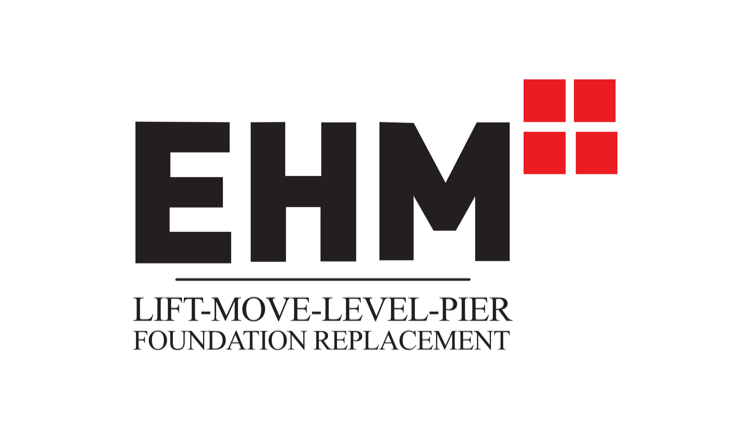
EHM
EHM
EHM is a structural moving and elevating company that also specializes in foundation repair and replacement. We have been working in the Midwest since the Great Floods of 1993. We specialize in severely comprised foundation issues. We can elevate, level, pier or replace a wall or your entire foundation. We do not do mudjacking, waterproofing or minor crack repair.
"I did not get the service that we originally talked about I am very unhappy"
Donna S on August 2021
EHM is a structural moving and elevating company that also specializes in foundation repair and replacement. We have been working in the Midwest since the Great Floods of 1993. We specialize in severely comprised foundation issues. We can elevate, level, pier or replace a wall or your entire foundation. We do not do mudjacking, waterproofing or minor crack repair.
"I did not get the service that we originally talked about I am very unhappy"
Donna S on August 2021
Michael Weatherby & Associates
Michael Weatherby & Associates
Full service commercial residential contracting firm, insured, certified EPA firm, HERS certification, VT EMP lead safe practices, over 40 years experience
Full service commercial residential contracting firm, insured, certified EPA firm, HERS certification, VT EMP lead safe practices, over 40 years experience
The Hinsdale, NH homeowners’ guide to structural engineering services
From average costs to expert advice, get all the answers you need to get your job done.
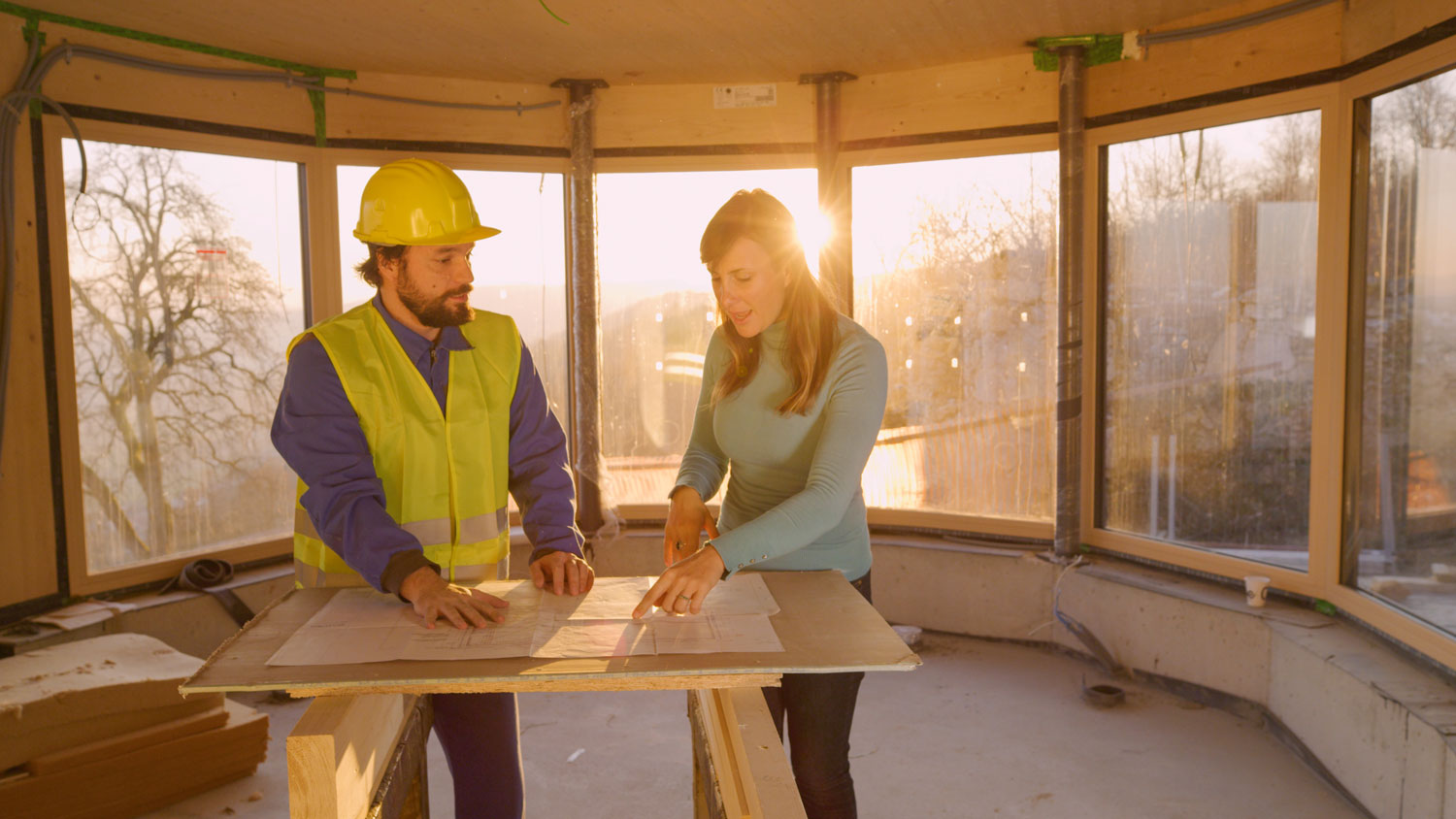
The cost of a structural engineer is easily justifiable given the value they bring to the table. Use this guide to see what hiring your professional will total in Denver, CO.
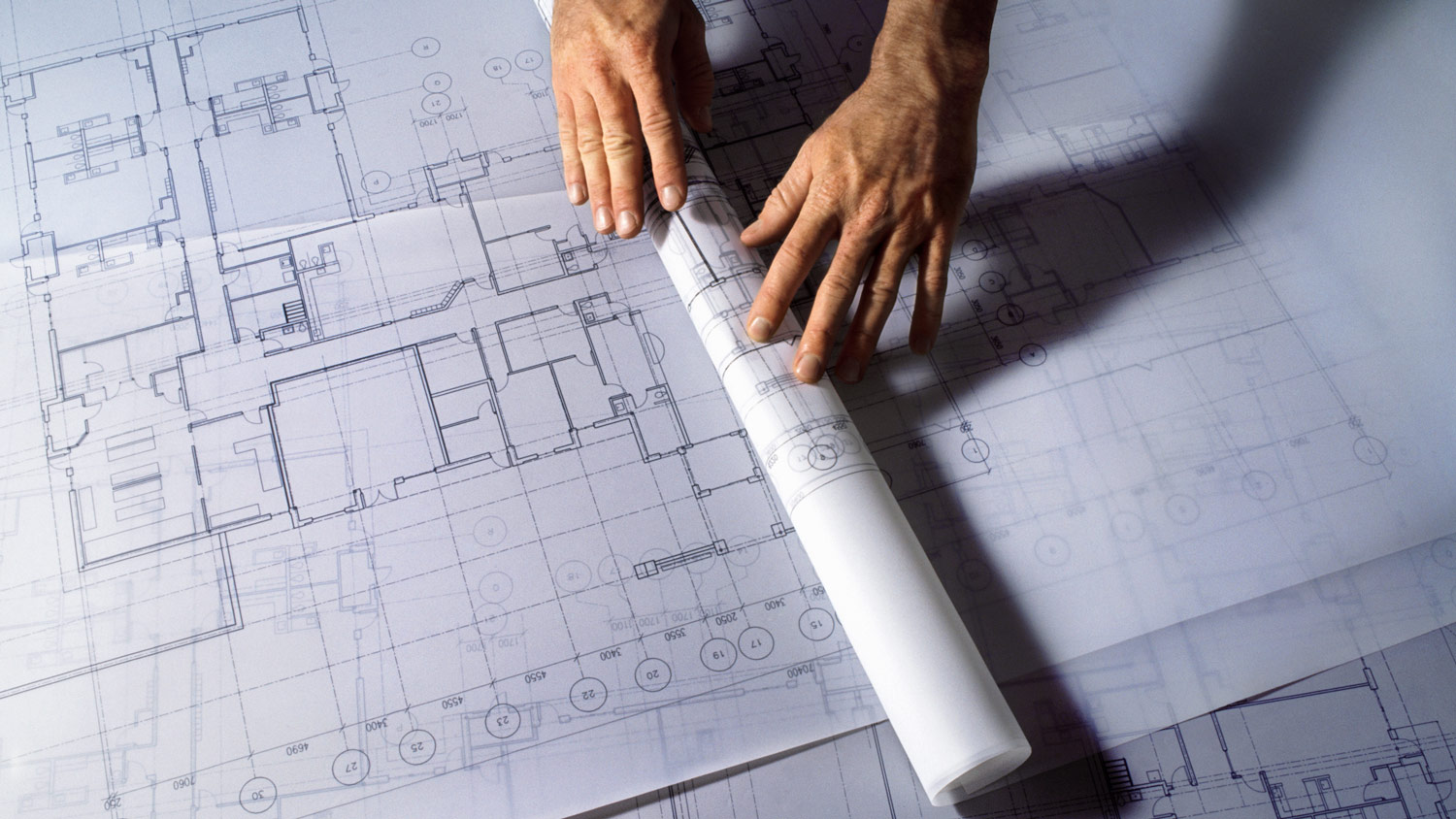
The cost of a structural engineer is easily justifiable given the value they bring to the table. Use this guide to see what hiring your professional will total in Detroit, MI.

The cost of a structural engineer is easily justifiable given the value they bring to the table. Use this guide to see what hiring your professional will total.
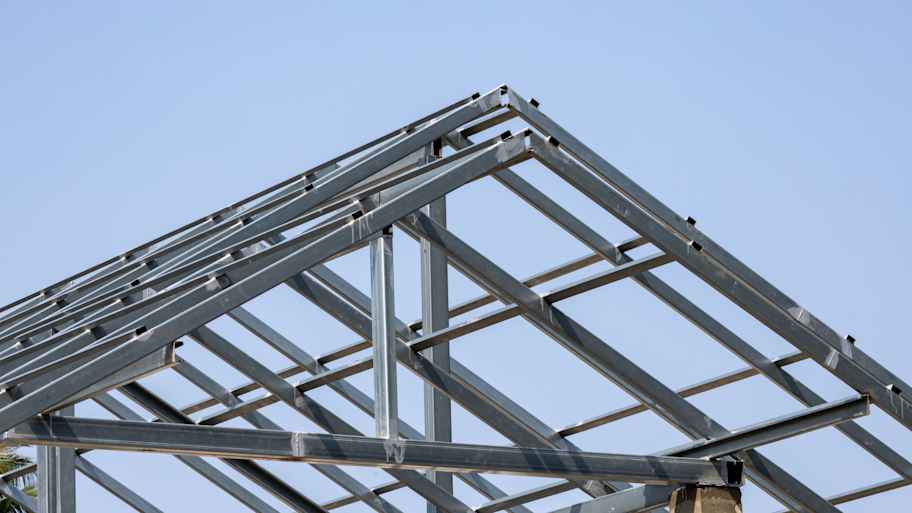
Steel beams are critical framing components that support your house. Learn about steel beam sizes and how to determine what size steel beam you need.

Keeping your home safe and structurally sound should be a top priority. Learn to recognize the signs of structural damage you should never ignore.

A home doesn’t collapse unexpectedly. Learn the warning signs that a house will collapse, so you can protect your family and your home.
- Gill, MA Structural engineers
- Northfield, MA Structural engineers
- Bernardston, MA Structural engineers
- Turners Falls, MA Structural engineers
- Colrain, MA Structural engineers
- Greenfield, MA Structural engineers
- Erving, MA Structural engineers
- Orange, MA Structural engineers
- Royalston, MA Structural engineers
- Wendell, MA Structural engineers
- Deerfield, MA Structural engineers
- Montague, MA Structural engineers
- Tree Service in Hinsdale
- Cleaning in Hinsdale
- Plumbing in Hinsdale
- Kitchen And Bath Remodeling in Hinsdale
- Roofing in Hinsdale
- Garage Doors in Hinsdale
- Electrical in Hinsdale
- Computer Repair in Hinsdale
- Mailbox Repair in Hinsdale
- Siding in Hinsdale
- Remodeling Basements in Hinsdale
- Fireplaces in Hinsdale
- Fencing in Hinsdale
- Chimney Sweep in Hinsdale
- Insulation in Hinsdale
- Garbage Collection in Hinsdale
- Property Appraiser in Hinsdale
- Gutter Cleaning in Hinsdale
- Mulch And Topsoil in Hinsdale
- Swimming Pools in Hinsdale
- Pest Control in Hinsdale
- Moving in Hinsdale
- Handyman Service in Hinsdale
- Small Appliance Repair in Hinsdale
- Lawn And Yard Work in Hinsdale
- Mold Testing And Remediation in Hinsdale
- Septic Tank in Hinsdale
- Exterior Painting in Hinsdale
- Home Builders in Hinsdale
- Cabinet Makers in Hinsdale
- 🌱 "Mow a small front yard"
- 🛠 "Fix a leaking pipe under the sink"
- 🏠 "Repair shingles on an asphalt roof"

